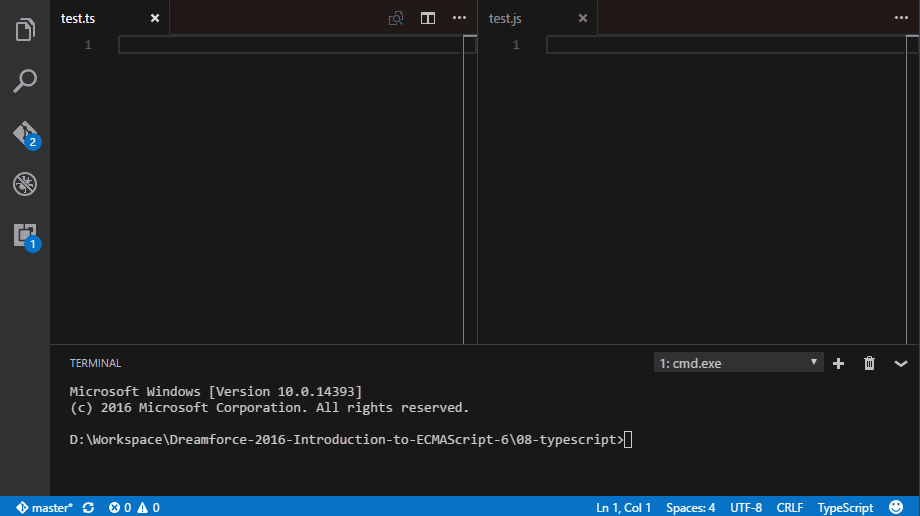

Conclusion Transpilers such as Traceur and Babel provide a way to convert ES6 code to ES5 quickly and easily. My current site uses a few newer functions like Promise(), fetch(), document.querySelectorAll(). Till ES5, JS has only function scope and global scope with the introduction of let keyword in ES6, JS can now have block scope. Run the following command to transpile the JavaScript files from ES6 to ES5 and start the file watcher: gulp Open the es6/compiled folder and look at the files that are generated in the two subfolders (traceur and babel). And since ES6 can be rewritten to be run in an ES5, ES6. But ES6 was released in 2015, it’s been 7 years now, do we still need to convert it into ES5 Can we use ES6 directly According to Can I Use, 94.06 of users’ browsers already. Long answer: Technically you can set your script-element type to 'module', which will make browsers accept the export keyword. JavaScript is an incredibly fast and efficient programming language to use for a variety of purposes. In order to be compatible with old browsers, especially the IE series, we often need to use compiling tools such as Bable to compile our ES6+ code into ES5- code. I have been trying to make my simple HTML/JS website backwards compatible (IE11 & below) by using Babel and shims/polyfills, but have been unable to do so correctly. Launch VS Code Quick Open (Ctrl+P), paste the following command, and press enter. Short answer: No, you cannot, in any way (right now), mix ES6 syntax with ES5 (modules) in a single file because the browser will error out on the use of export.


 0 kommentar(er)
0 kommentar(er)
